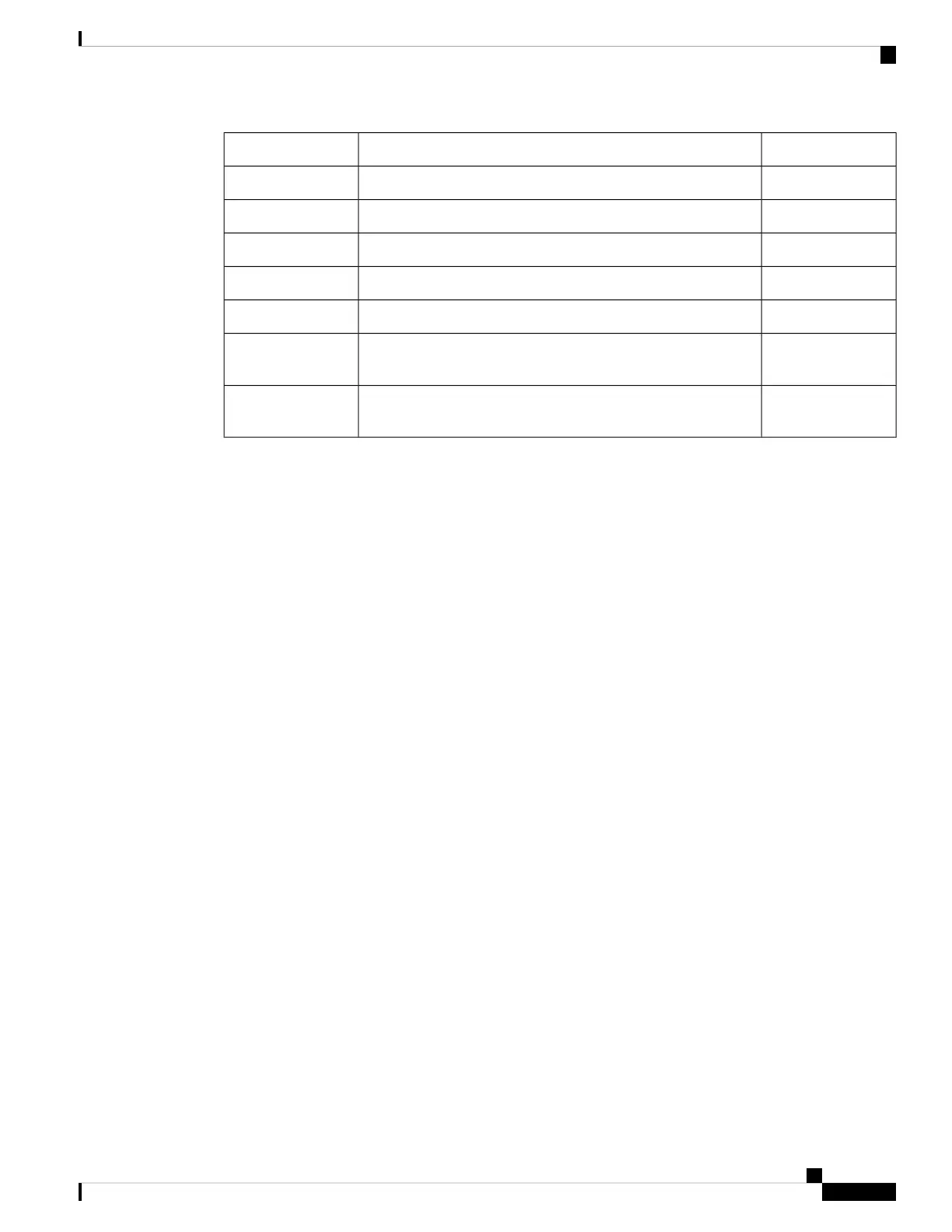MandatoryDescriptionAttribute
YesNumber of octets transmittedOct
YesVideo codec used for the transmitted video streamCiscoTxVm.TxCodec
NoNegotiated bandwidth for the transmitted video streamCiscoTxVm.TxBw
YesResolution of the transmitted video streamCiscoTxVm.TxReso
YesFrame rate for the transmitted video streamCiscoTxVm.TxFrameRate
YesRTP bit rate in seconds (including any FEC, retransmits etc.).
Used to estimate bandwidth usage (bits/sec).
CiscoRxVm.rtpBitRate
YesRTCP bit rate in seconds (including any FEC, retransmits etc.).
Used to estimate bandwidth usage (bits/sec).
CiscoTxVm.rtcpBitRate
SIP Session ID
The Multiplatform phones now support “Session Identifier”. This feature helps to overcome the limitations
with the existing call-identifiers and allows end-to-end tracking of a SIP session in IP-based multimedia
communication systems in compliance with RFC 7989. To support session identifier, “Session-ID” header is
added in the SIP request and response messages.
"Session Identifier" refers to the value of the identifier, whereas "Session-ID" refers to the header field used
to convey the identifier.
• When a user initiates the call, the phone while sending SIP INVITE message, generates the local-UUID.
• When the UAS receives the SIP-INVITE, the phone picks up the local UUIDs with the incoming messages
and appends it to the received Session-ID header and sends the header in reponses.
• The same UUIDs are maintained in all the SIP messages of a particular session.
• The phone maintains the same local-UUID during other features, such as conference or transfer.
• This header is implemented in REGISTER method, the local-UUID remains same for all the REGISTER
messages till the phone fails to REGISTER.
The Session-ID comprises of Universally Unique Identifier (UUID) for each user agent participating in a call.
Each call consists of two UUID known as local UUID and remote UUID. Local UUID is the UUID generated
from the originating user agent and remote UUID is generated from the terminating user agent. The UUID
values are presented as strings of lower-case hexadecimal characters, with the most significant octet of the
UUID appearing first. Session Identifier comprises of 32 characters and remains same for the entire session.
Session ID format
Components will implement Session-ID which is global session ID ready.
A sample current session ID passed in http header by phones (dashes are just included for clarity) is
00000000-0000-0000-0000-5ca48a65079a.
A session-ID format: UUUUUUUUSSSS5000y000DDDDDDDDDDDD where,
Cisco IP Phone 8800 Series Multiplatform Phone Administration Guide for Release 11.3(1) and Later
219
Cisco IP Phone Configuration
SIP Session ID
